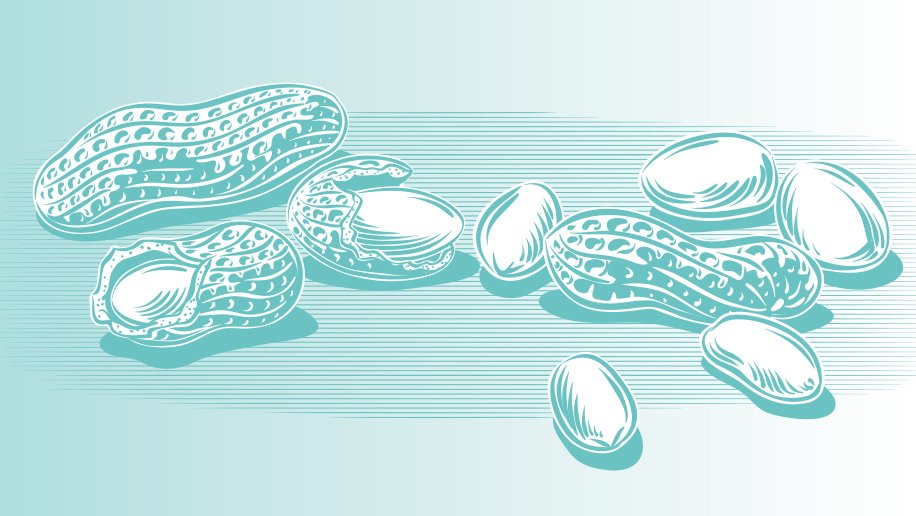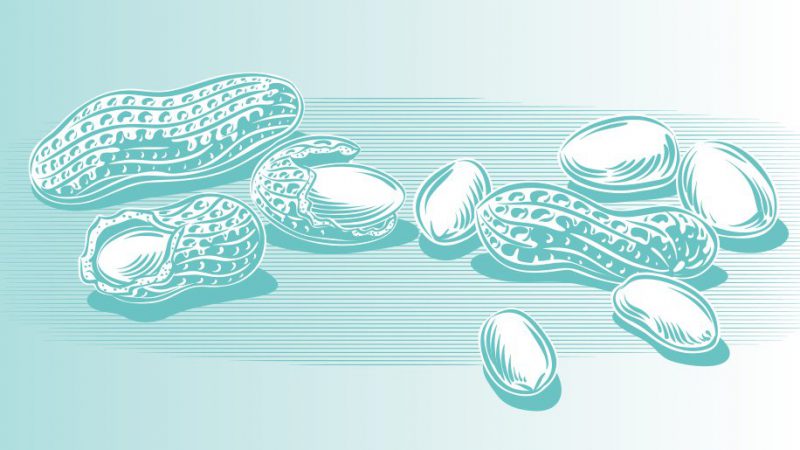Nuts on a Plane
Guide to flying with Allergies
October 26, 2019


Flying can be a source of anxiety for people with nut allergies. The risk of a reaction in a contained environment, 35,000 feet in the air, is a genuine concern, and fears are not allayed by the varying policies of airlines.
Many airlines follow theInternational Civil Aviation OrganizationInternational Civil Aviation Organization (IATA) recommendations for allergen sensitive passengers as a framework. This says that airlines must meet the requirements of the International Civil Aviation Organization (ICAO) and of their respective governments, which include carrying “accessible and adequate medical supplies” on board and making sure that all cabin crew are trained in first aid. IATA also offers guidelines on how to create a safer environment for allergy-sufferers, many of which are listed below.
Note, however, that there are still no clear-cut rules governing the inflight serving of nuts, and there is always the risk that a fellow passenger may have brought nuts on to the flight as a snack. As a result, airlines state that they cannot guarantee a totally allergen-free environment, as it is not possible to ban passengers from bringing nut-based products on board or stop them from consuming them.
Got allergies? Here’s what you can do:
Carry an EpiPen in your carry on
IATA advises bringing an adrenaline auto-injector on board, since “while many airlines carry epinephrine in accordance with their national regulations, most of them do not carry an epinephrine auto-injector.” To ensure you don’t have problems at security, IATA says passengers should carry “an emergency plan signed by a doctor to avoid problems when passing through airport security.”
Inform the flight attendants of your allergy
Passengers should inform the crew of their allergy. The crew should make a formal announcement before take-off, if requested to do so, informing passengers of the situation. At such times, British Airways, easyJet and Ryanair also suspend the serving of loose nut snacks. Not all airlines make a public address, however. It’s also worth informing the people sitting next to you of your allergy so that they, too, can refrain from eating nut-based products.
Request a special meal in advance
Many airlines have refrained from using nuts as an ingredient in their in-flight meals, but as IATA puts it, “airlines are unable to provide allergen-free meals because commercial kitchens cannot guarantee compliance.” Where special nut-free meals aren’t offered, passengers must make their own food arrangements. See the end of the feature to view the peanut policies of the airlines.
Pre-board to wipe down your seat
Allergic reactions can also be caused from skin contact with nut particles, which circulate in the air and can settle on fold-down trays, seats and armrests. While airlines perform a quick clean of the cabins from one flight to the next, this is unlikely to get rid of all the possible debris. Many airlines, therefore, extend pre-boarding to nut allergy sufferers so that they can wipe down their seating area in advance. Passengers have to bring their own sanitizing wipes and cleaning products.
•American Airlines began offering this as an option in December 2018 after being issued with complaints in 2017
•ANA has a special seat cleaning service available on ANA-operated international flights, which can be requested at least 96 hours before the flight. This service might not be available in certain cases when there are changes in seating arrangements or aircraft equipment, for instance.
•British Airways, Cathay Pacific, and Delta allow pre-boarding if crew are presented with a medical letter for the auto-injector at the gate.
Request a buffer zone
To prevent allergy-sufferers from being in close contact with nut products, some airlines create buffer zones, within which neighboring passengers refrain from eating nuts during the flight. Usually, only those within the buffer zone will be briefed on this.
Air Canada – requests must be made to the Air Canada Medical Assistance Desk at least 48 hours before the flight. JetBlue and WestJet offer buffer zones that include one row in front of and behind the customer with the allergy, in addition to the row of the affected passenger.
The Peanut Principle
The following airlines do not serve peanuts on board:
• Air Canada – currently phasing out nuts in the packaged bar snacks
• Air New Zealand
• American Airlines – serves warmed nuts
• ANA – working on removing peanuts from its food and drink menus
• British Airways – in-flight menus contain walnuts and cashews
• Delta
• easyJet – also removing the last of its nut products from its inflight range in the coming months
• JetBlue
• Korean Air – this came about in March, following a widely reported incident whereby two teenage brothers were removed from a flight due to peanut allergy
• Lufthansa
• Qantas – passengers may still be served almonds, cashews and macadamia nuts
• Singapore Airlines – other nuts continue to be served in classes other than economy
• Southwest Airlines
• United Airlines
The following airlines also offer nut-free meals:
• Singapore Airlines offers a nut-free meal, but requires advance preparation time of 48 hours
• Air France, British Airways, Qantas and KLM provide nut-free meals
• ANA allows passengers to order a special allergen-free meal, with no cross-contamination, when given 48 hours’ notice




